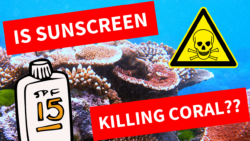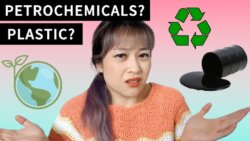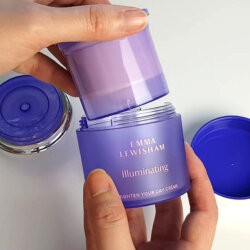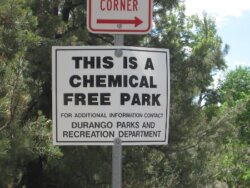Is Your Sunscreen Killing Coral Reefs? The Science
You might have seen that Hawaii has banned certain sunscreens that have been linked to coral bleaching. In particular, it’s the organic “chemical” sunscreen ingredients oxybenzone and octinoxate that have been banned. It sounds like a great victory for the environment, right? But if you search a little past the headlines, you’ll find that there are actually a lot of …






